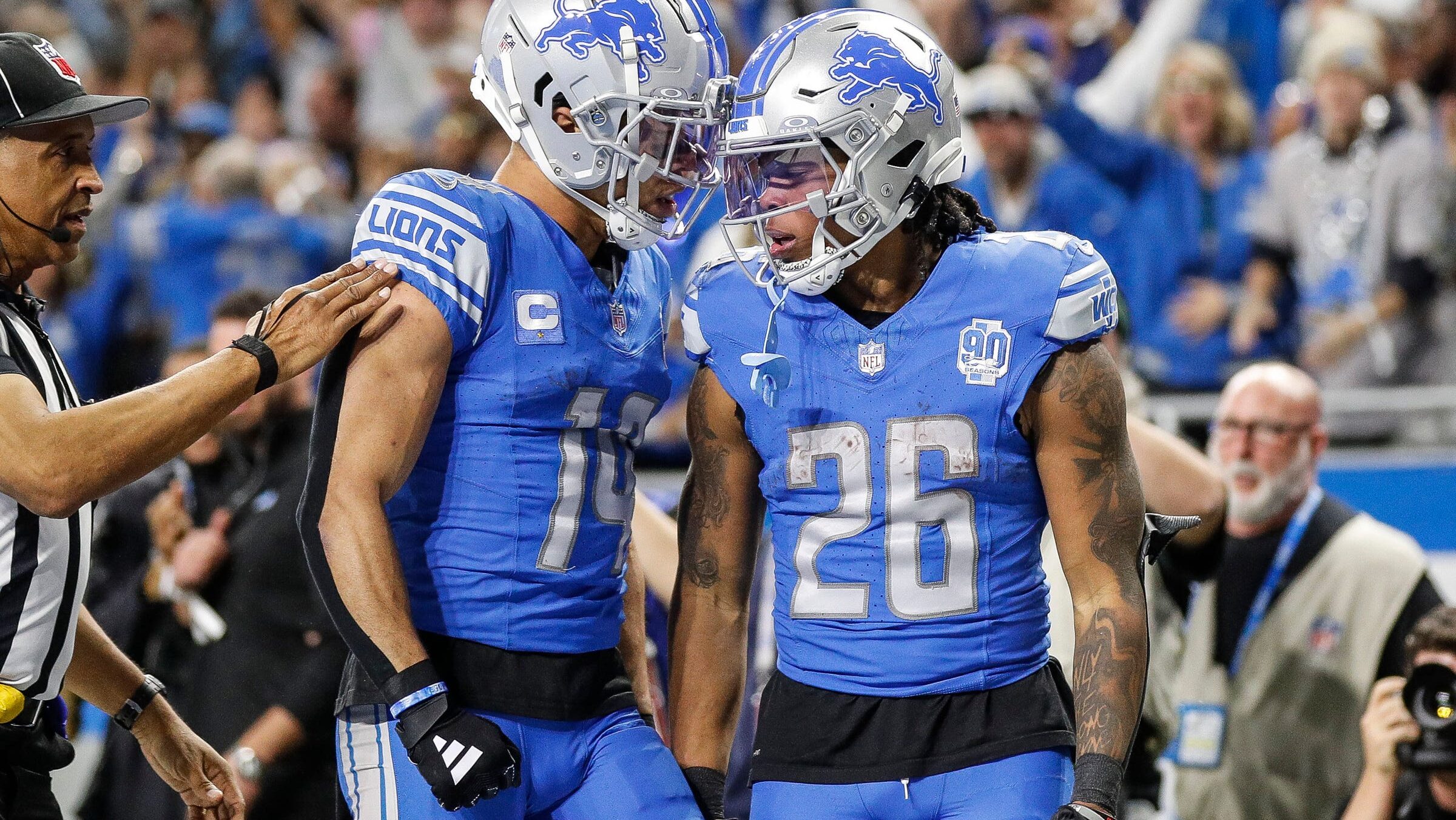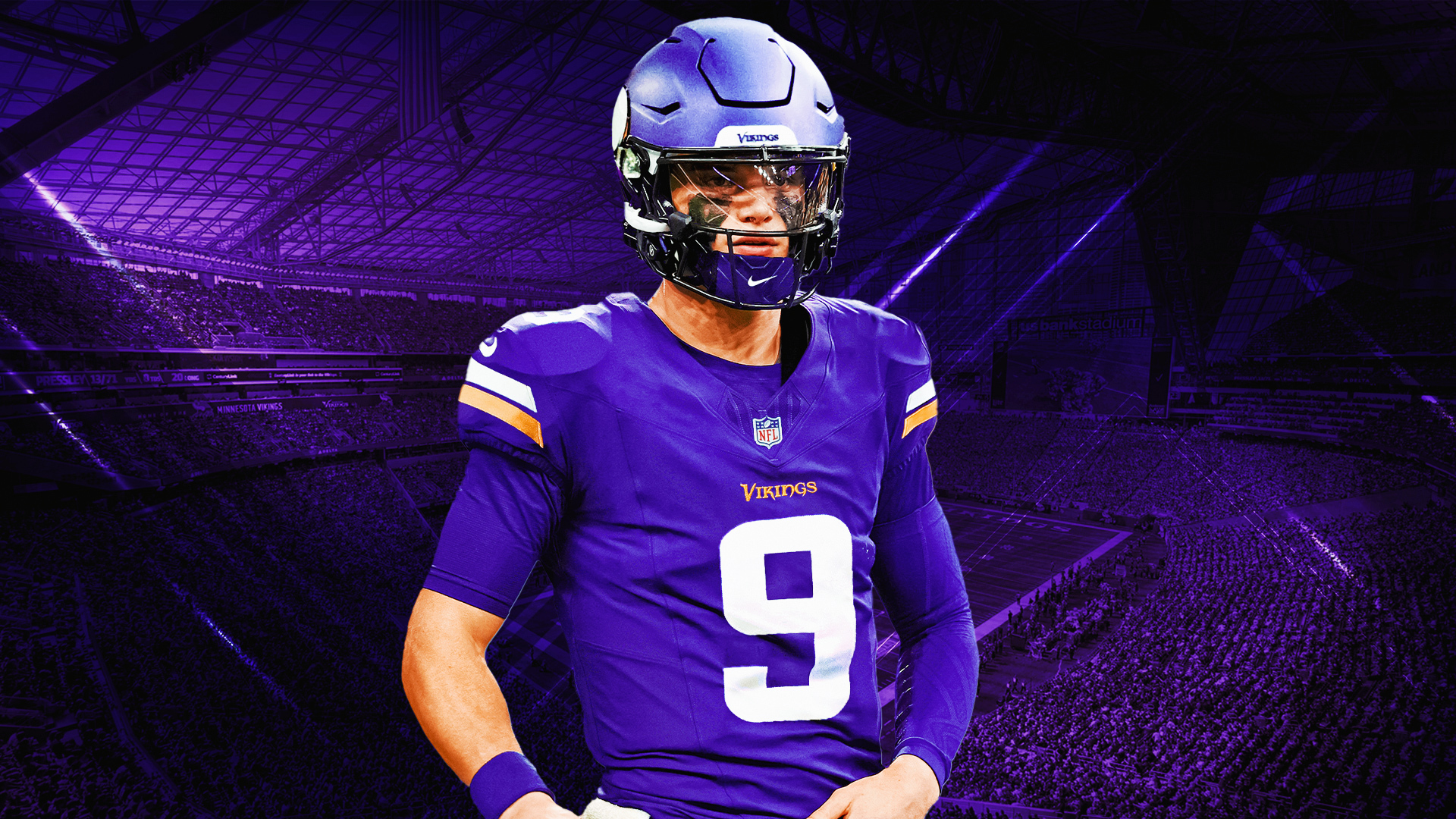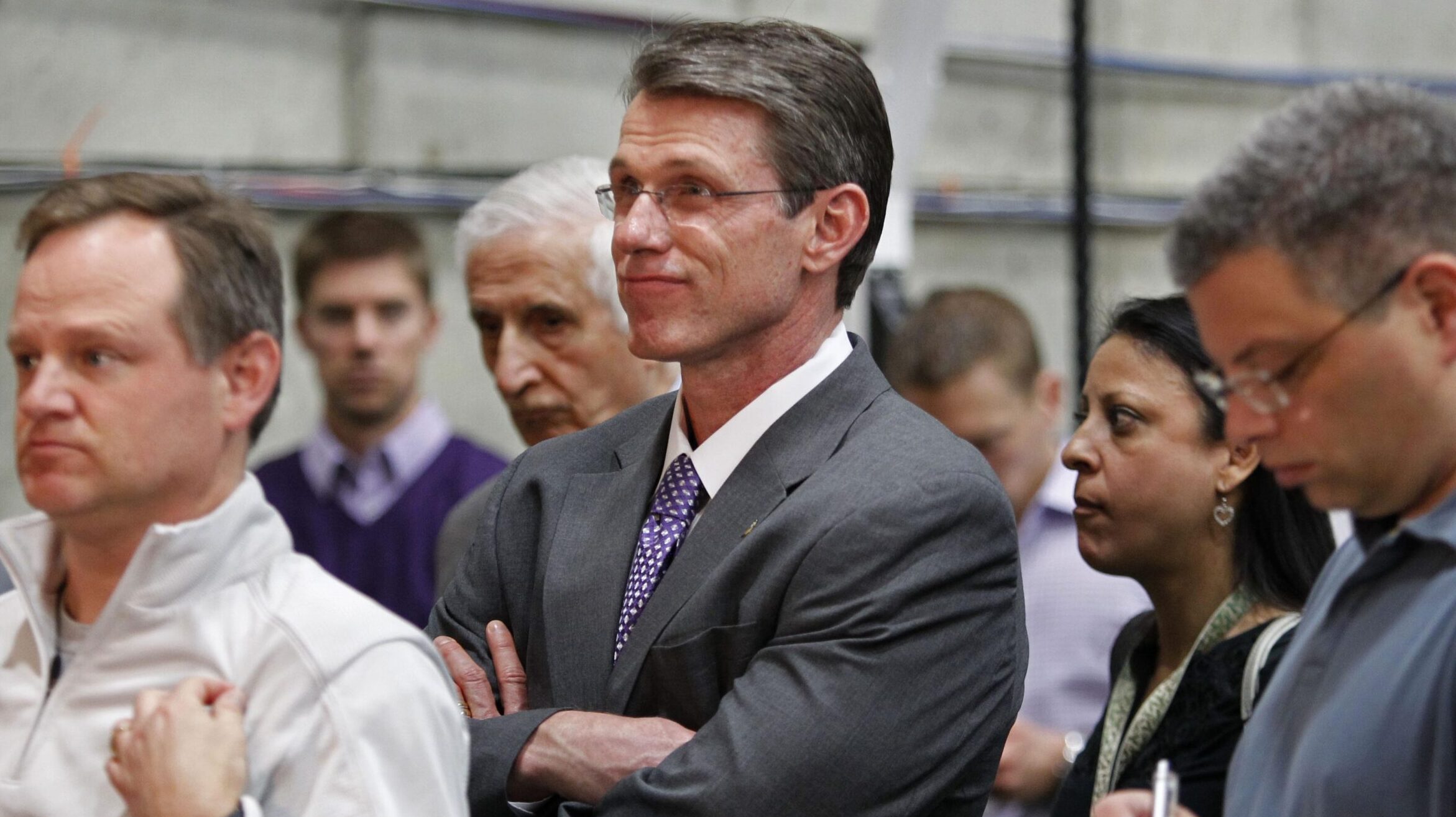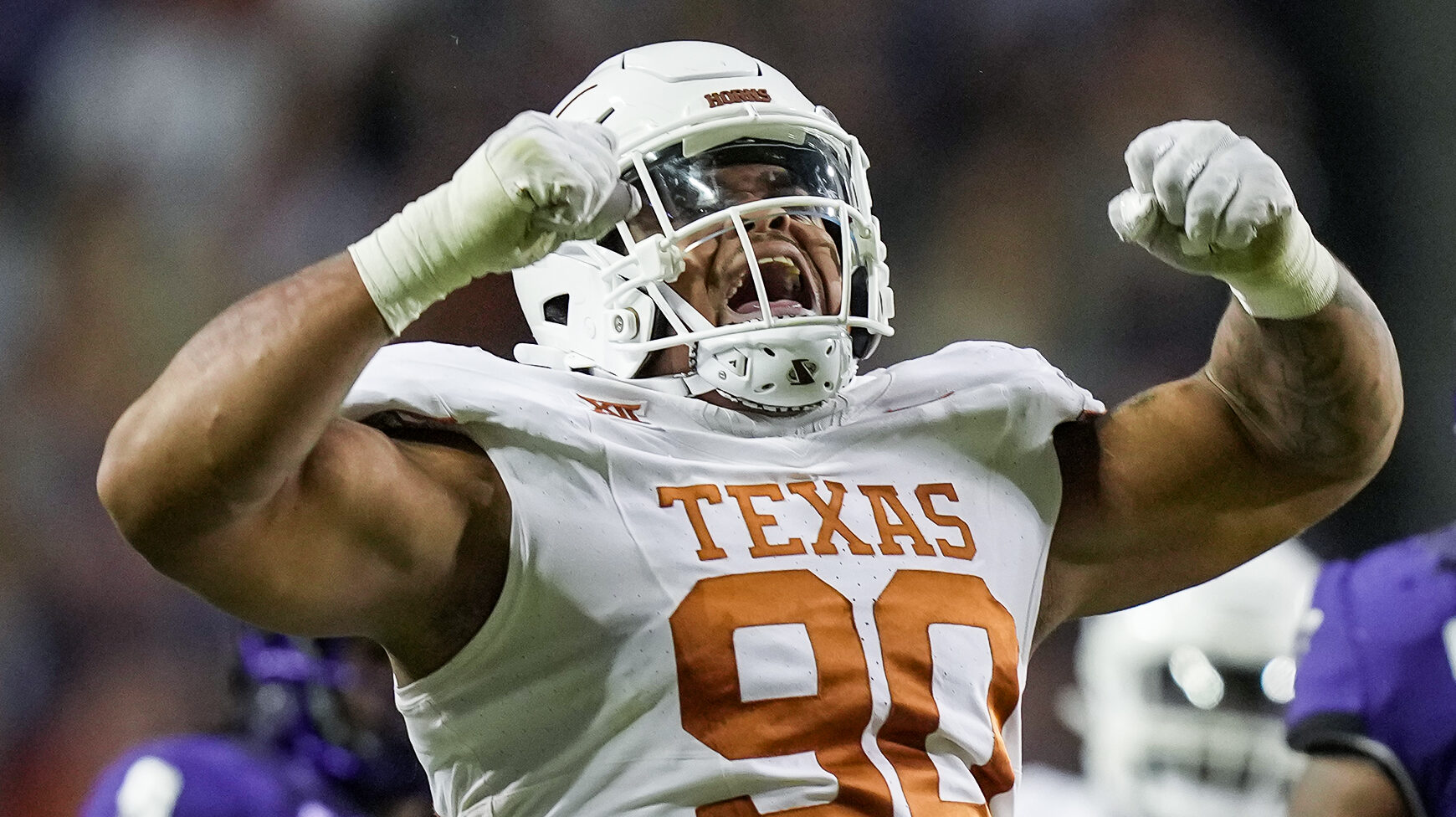Expert Analysis
8/15/22
7 min read
Shorter Preseason Enhances Value of NFL Joint Practices
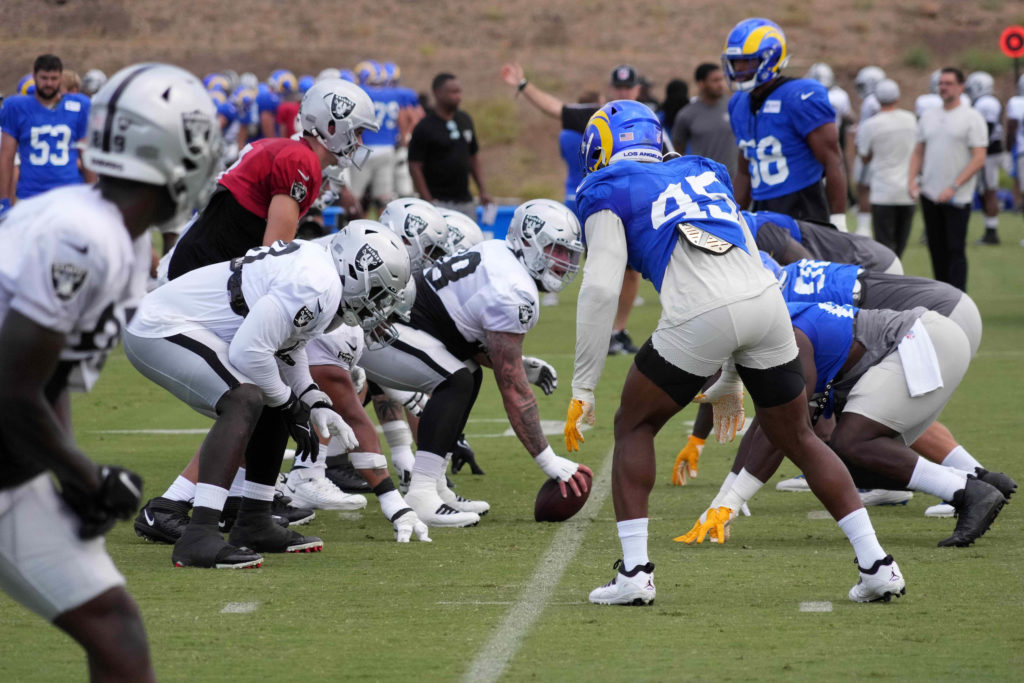
The growth of joint practices in NFL training camps resulted from the shrinking of the preseason.
Over time, we figured out the correct rhythm, the correct number of reps and the correct number of practices to get a team ready in a four-game preseason. Then, the league took one game away and added it to the regular season.
It certainly disrupted the protocol we followed to prepare for the regular season, so we had to adjust. We had to, in effect, create another contest in some way that wasn’t a preseason game.
Benefitting From Joint Practices
As usual, Bill Belichick was ahead of the curve. He was one of the first to pioneer joint practices.
The format is universal throughout the NFL. If you have a home preseason game, you invite your opponent to come to your training camp two or three days before the game to practice with your team. In doing so, you use those two practices to give most of the reps, 65 to 70% of them, to your veteran players.
Let’s use the New England Patriots, when they had Tom Brady, as an example. Brady would get the majority of the reps in the two practices: seven-on-seven drills, 11-on-11, etc. He wouldn’t see the field in the game. In our case with Indianapolis, in the fourth preseason game, where no starters were going to play, those players wouldn’t even make the trip. If they made the trip, they’d be in street clothes or on the sideline.
In the two joint practices, you get the reps you would normally get in a preseason game, and the coaches control the tempo so no one’s being tackled to the ground. You might have one drill where the teams tackle, depending on how the coaches view it.
You get the reps against a team you don’t know, against a defense for which you haven’t specifically prepared, and that is highly beneficial. You also get a really good read on where your team is, both the veterans and the rookies. New players get a chance to play the whole preseason game, and you get them on tape.
We always played Cincinnati in the fourth preseason game because it was only two hours between the cities. Why wear your team out with travel if you don’t have to?
The Bengals believed in playing their veterans and starters a half in the fourth preseason game, while we wouldn’t even dress our starters. Mike Brown, the owner and general manager of the Bengals, and Marvin Lewis, their coach, were okay with our approach. Jim Irsay, the Colts’ owner, and our coach, Tony Dungy, were fine with theirs.
The Bengals would beat us up, 27-3, or something like that in the first half, and then in the second half, their backups would come in. We would get wonderful work and wonderful film of our young guys against their veterans, who clearly had a significant advantage. That was fine because it told us who was coming to the fore, which goes back to the original purpose of the preseason: get your team ready to play the regular season and find players.
The joint practices give you an opportunity to create those situations where you get good competition, and then you create the very same situations that arise in the game, spontaneously and organically, and you get to see how your young people perform, as they say—when the lights go on.
Having joint practices creates a perfect world. It gives you enough reps to replicate the fourth preseason game, and it gives them to the right people. You don’t have to risk them in a game where, of course, everyone’s going full bore, and injuries can occur.
It’s a brilliant idea that has spread throughout the league. I visited two teams this past week, and one was having joint practices twice and one was doing it once.
The Downside of Joint Practice
If there’s a downside to joint practices, they can be a breeding ground for player fights. Fighting does not belong in the game.
Every team I have been with — with Marv Levy in Kansas City and Buffalo, with Dom Capers in Carolina, with Jim Mora and Tony Dungy in Indianapolis — we have abhorred fighting. In one case in Indianapolis, we were practicing with another team and, as they say, a donnybrook broke out. We immediately called off the practice and called off the following day’s practice as well.
In Tony’s first year with the Colts, we had a fight in another training camp practice, though this was not a joint session. The fight was between two of our guys.
Tony stopped the practice.
“I hate fighting,” he told the team. “I hate it for the following reasons: Number one, it’s a 15-yard penalty; it hurts our team. Number two, it risks the players involved being ejected from the game; that hurts our team even more. Number three, it shows that we lack self-discipline. This game is built on self-discipline. You must go hard until the whistle blows, and then you back off, and you don’t beat yourself with stupid penalties.”
Tony took a breath and added, “Now, I’m not going to break up fights, and I’m not going to ask the coaches to break up fights, and I’m not going to ask the scouting staff to break up fights. You can fight all you want. But I control who plays, and if you fight, the likelihood is you won’t be on the team. Even if you are, you’ll be standing next to me on the sideline. Is that clear?”
All the players nodded their heads.
“Okay,” Tony said. “Let’s go back to practice.”
We never had another fight in Tony’s tenure in Indianapolis or in that of his successor, Jim Caldwell, who felt exactly the same way about player fights.
If you have a circumstance such as the New Orleans Saints had recently with rookie tackle Trevor Penning being kicked out of practice for fighting three days in a row, that’s outside the norm. You can understand it happening with a player once. After he’s been warned, it shouldn’t happen again. If it happens three days in a row, you must sit down with him and have a serious talk.
You should go back and look at the psychological profile and say, “What are we seeing here? Is there something here that’s more serious than what we thought in the first instance?”
Three days in a row means 45 yards in penalties and ejections. In my world, at least, that’s not acceptable.
To be blunt about it, we’re here to win games. Our jobs depend upon that. Players fighting causes you to lose games. You’ve heard Tom Brady numerous times on NFL Films hollering at guys, in so many words, “Don’t commit penalties. You’re hurting our ability to win.” Peyton Manning and other leaders on the Colts teams were the same way.
You can’t tolerate fighting. If a player can’t control himself, then there’s no place for him on the team.
As told to Vic Carucci


